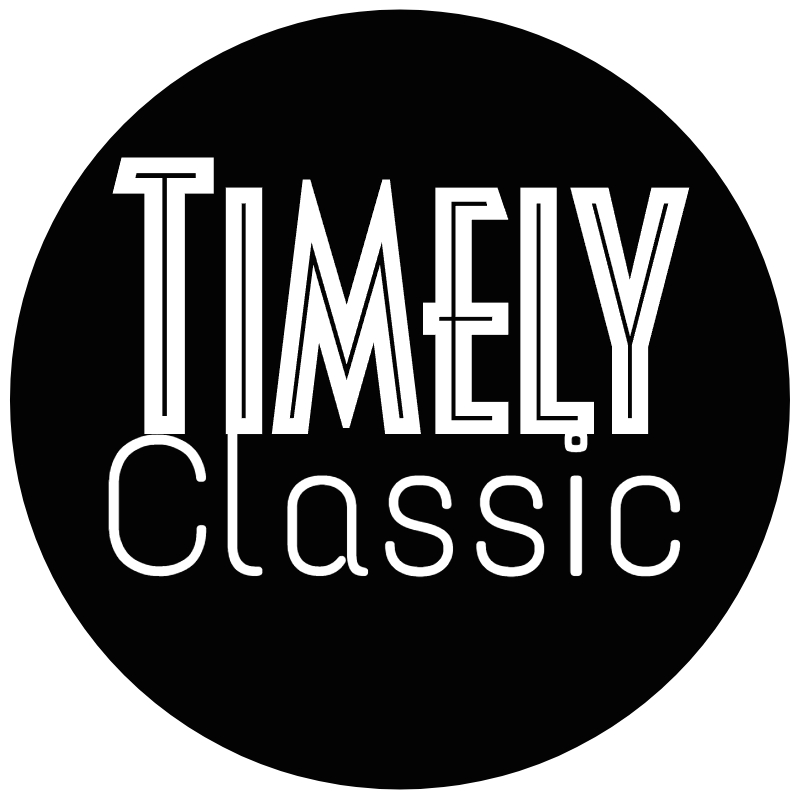The history of Rolex is a fascinating journey of innovation, precision, and prestige. Here’s a streamlined overview of how Rolex became one of the most iconic luxury watch brands in the world:
1905 – Founding
Their goal: create precise, elegant wristwatches, a bold move when pocket watches dominated.
Hans Wilsdorf, a German watchmaker, founded a company in London with his brother-in-law, Alfred Davis, called Wilsdorf & Davis.
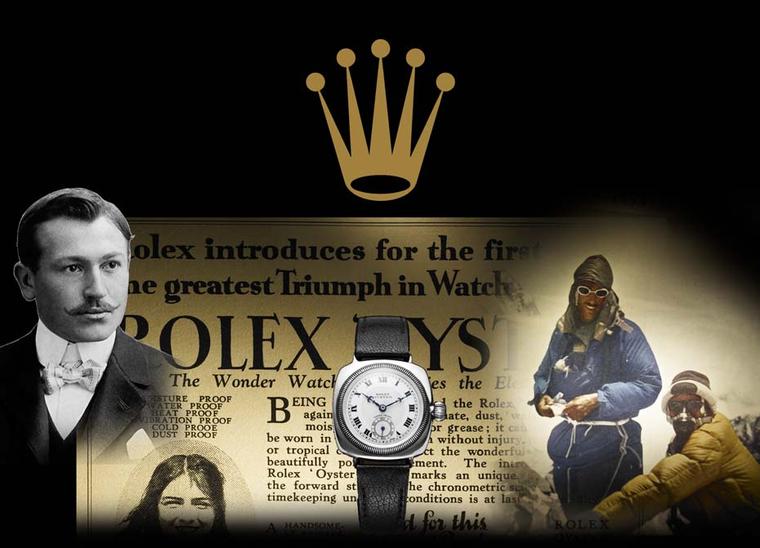
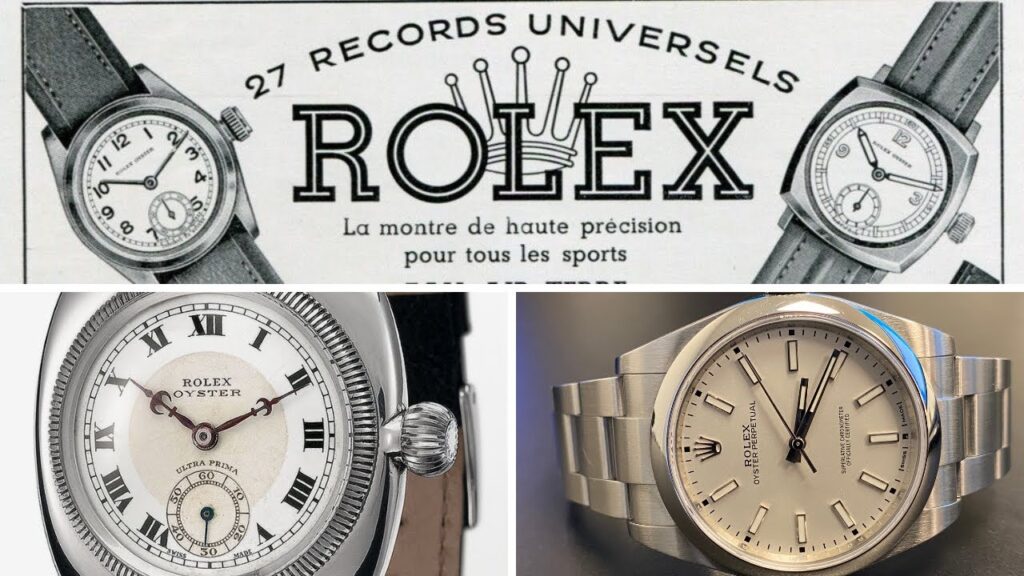
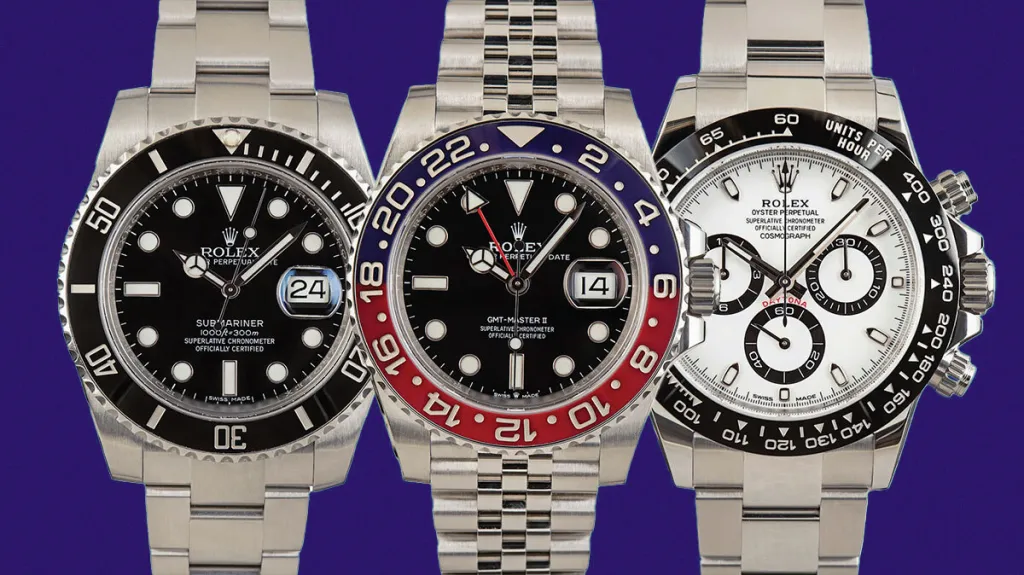
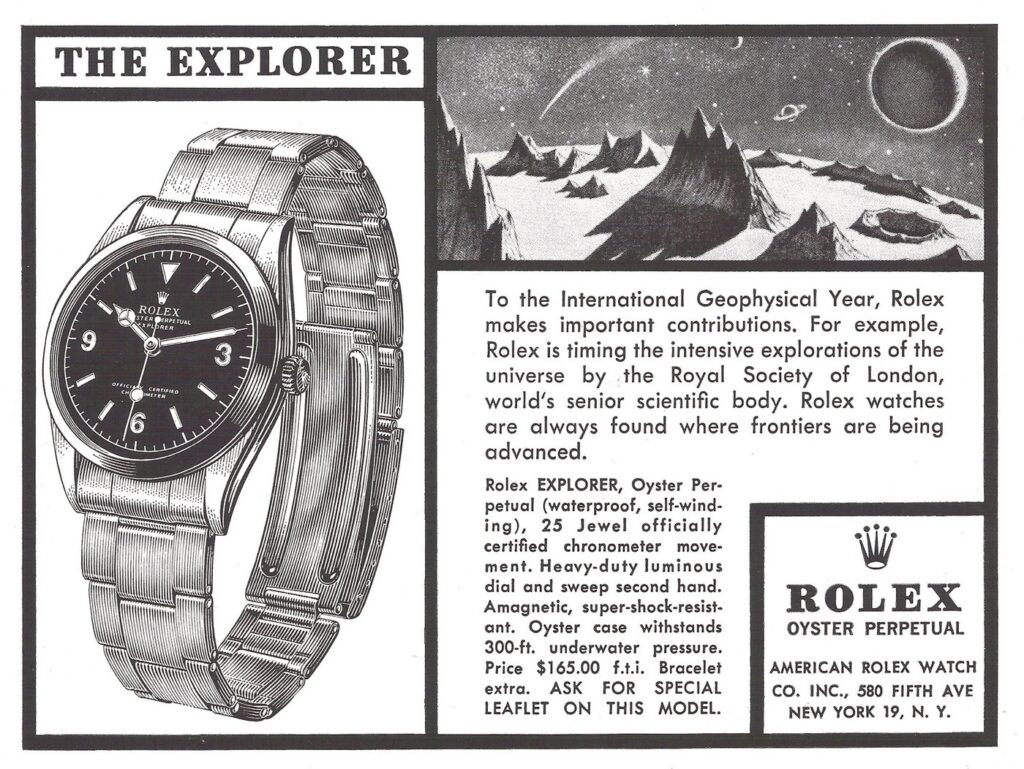
1908 – The Rolex Name
He wanted the name to sound like the ticking of a watch and look good on a dial.
Wilsdorf registered the name “Rolex” — short, catchy, and easy to pronounce in many languages.
1910 – First Chronometer Certification
A Rolex watch became the first wristwatch to receive the Swiss Certificate of Chronometric Precision, a huge milestone in wristwatch credibility.
1919 – Move to Geneva, Switzerland
Rolex relocated to Geneva, the heart of fine watchmaking, to be closer to the best watchmaking talent.

1926 – The Oyster Case
- Introduced the Rolex Oyster, the first waterproof wristwatch.
- Featured a hermetically sealed case to protect the movement.
1931 – Perpetual Movement
- Rolex invented the self-winding mechanism with a perpetual rotor, the basis of most modern automatic watches.
1950s–1960s – Tool Watch Era
Day-Date (1956) – The first to display the day spelled out.
Rolex developed watches for professionals, giving birth to several legendary models:
Submariner (1953) – For divers.
GMT-Master (1954) – For pilots.
Explorer (1953) – After Sir Edmund Hillary’s Everest ascent.
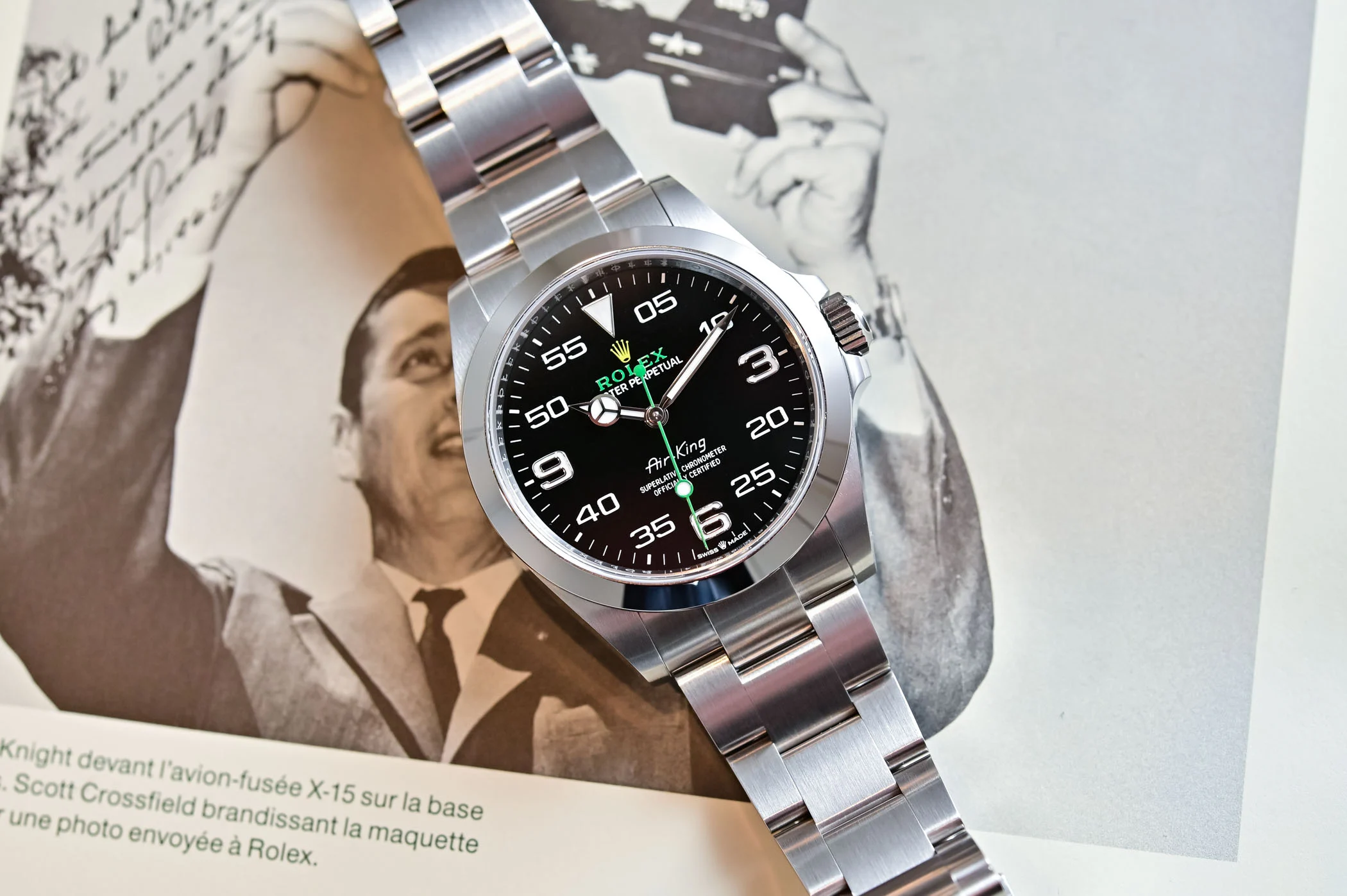
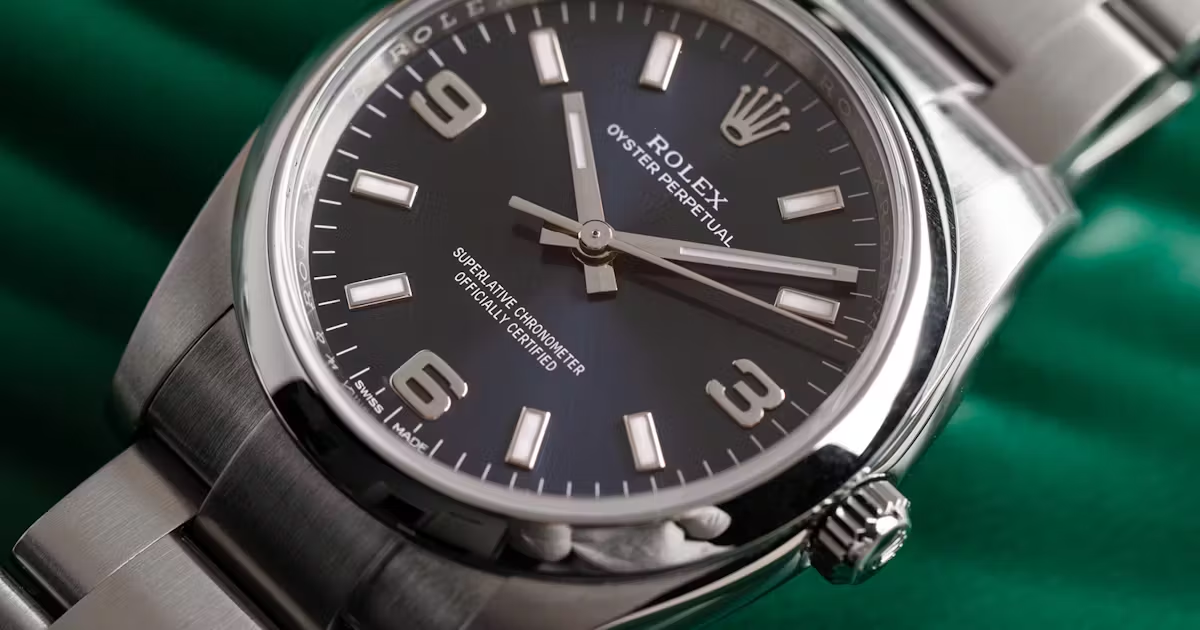
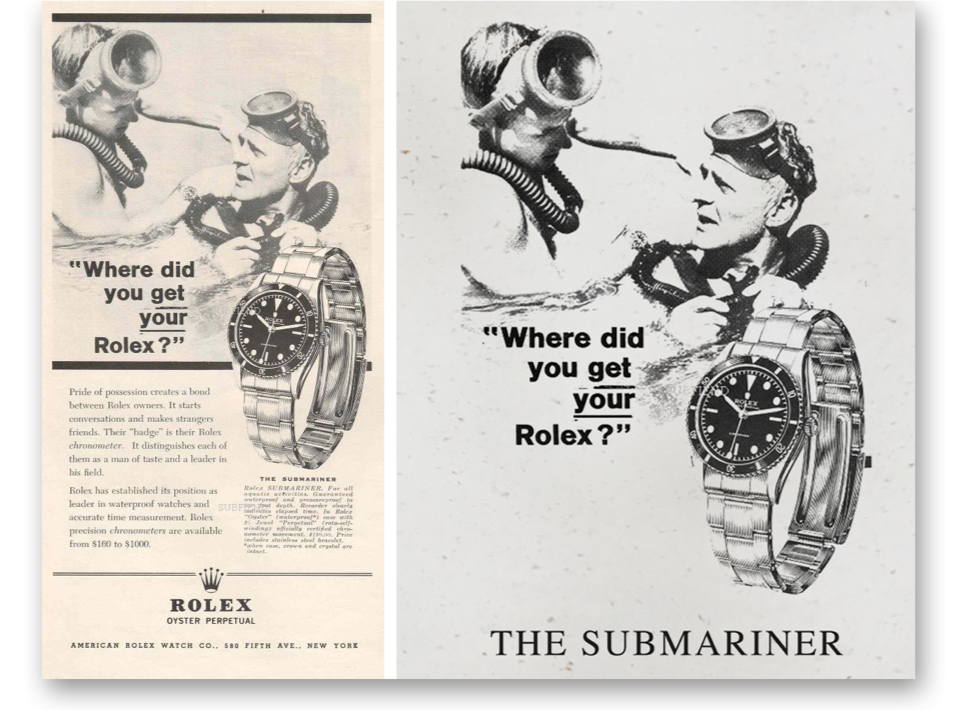
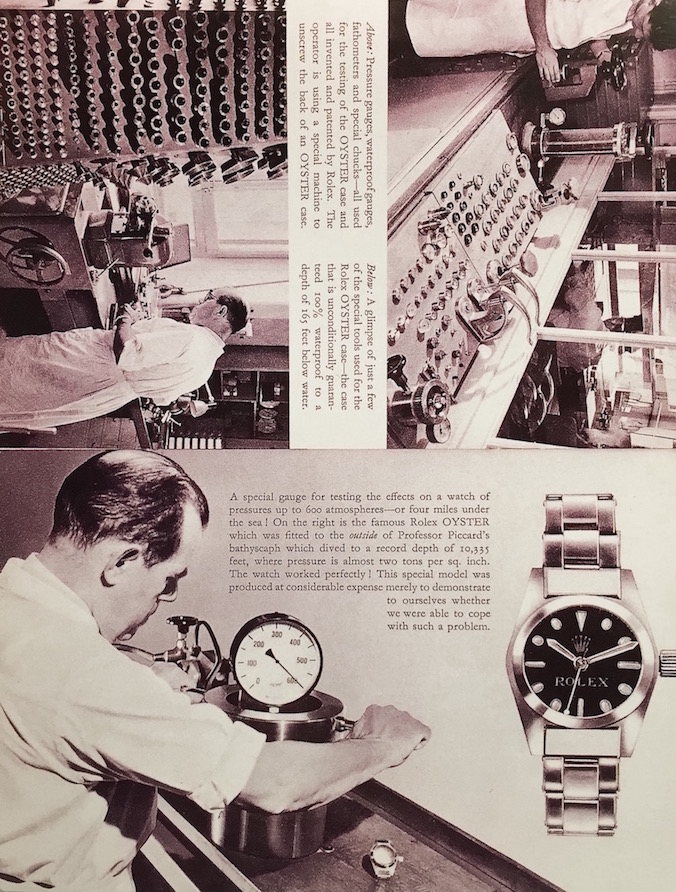
1980s–2000s – Symbol of Success
Gained massive cultural relevance through endorsements, films (e.g., James Bond), and celebrity associations.
Rolex became synonymous with luxury, precision, and achievement.
Today
- Rolex is a privately held company, still deeply rooted in Swiss watchmaking tradition.
- Known for timeless models like the Datejust, Daytona, and Yacht-Master.
- It’s also active in philanthropy via the Rolex Awards for Enterprise and the Rolex Institute.

